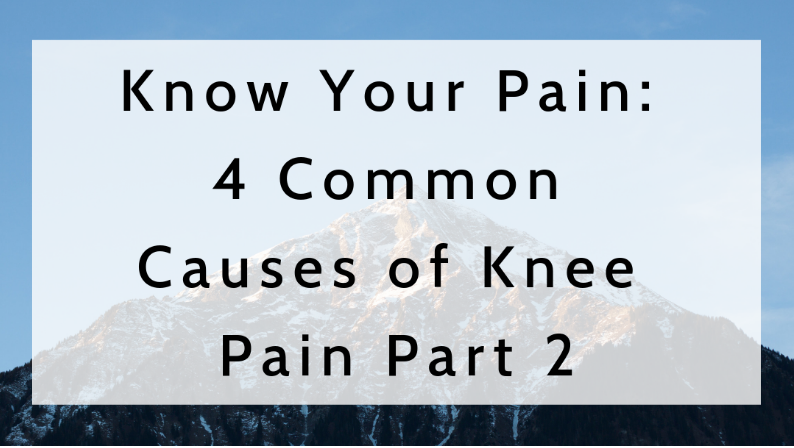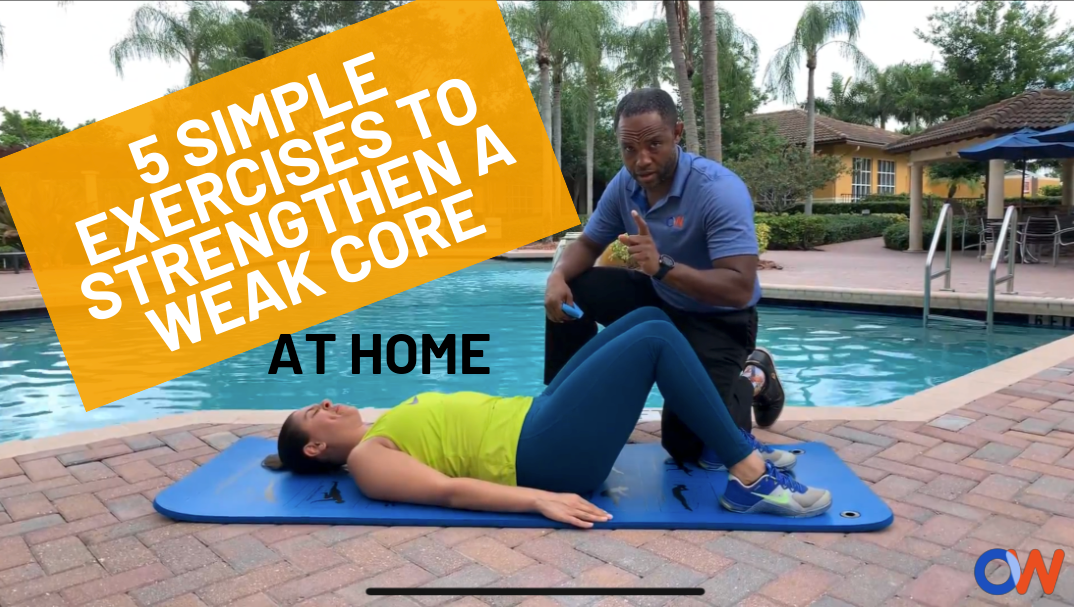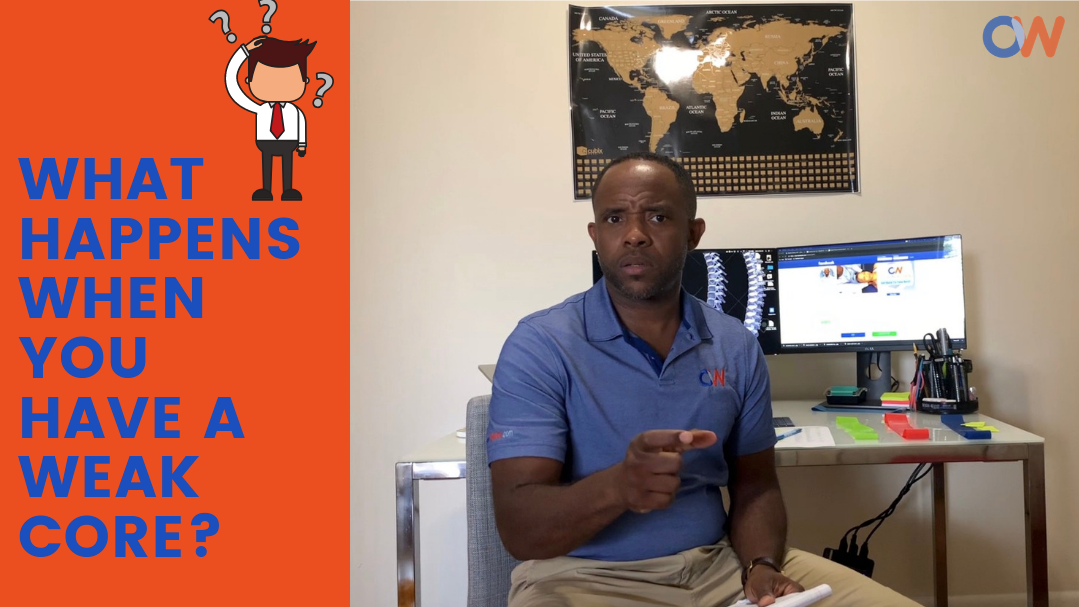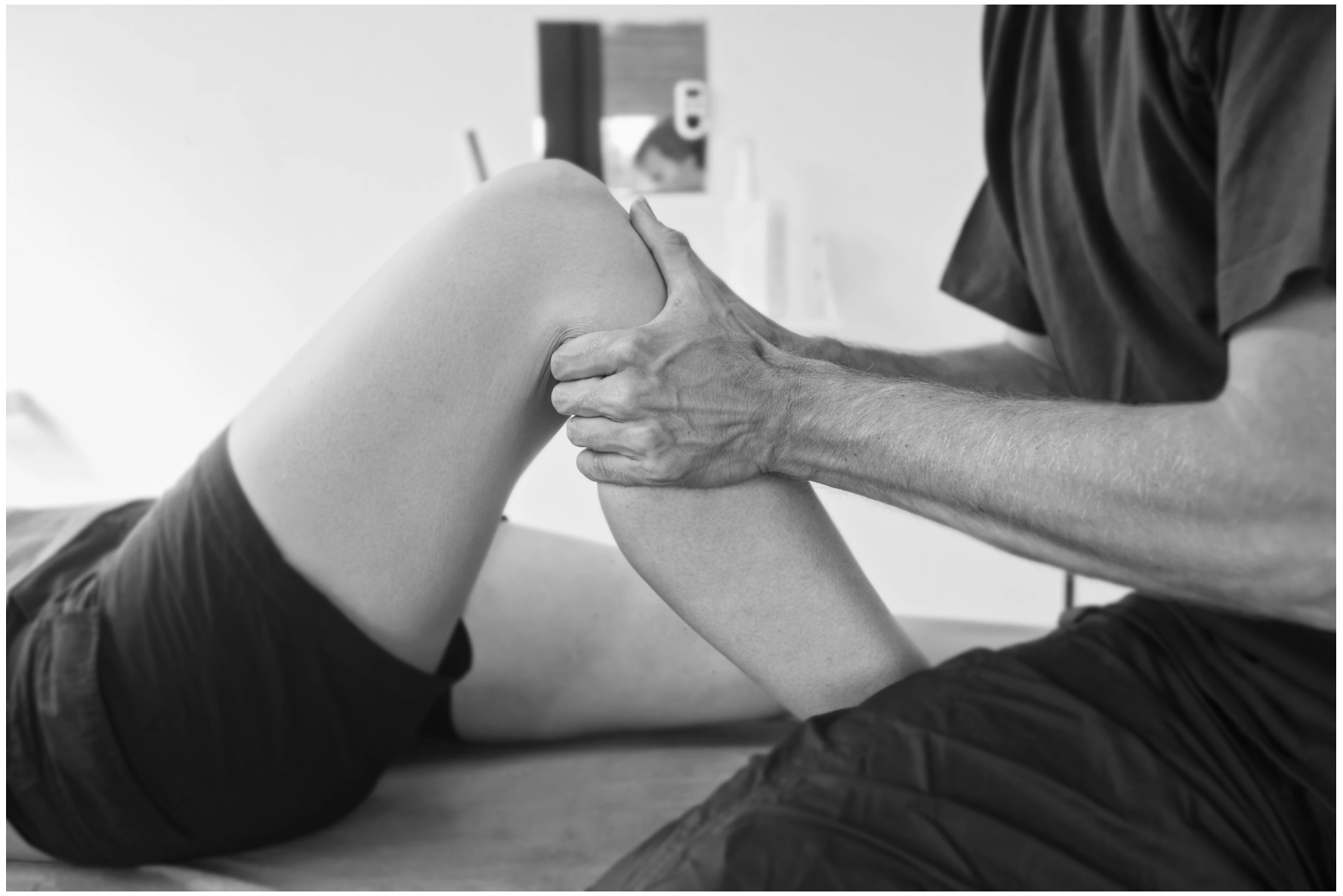How to Maintain Optimal Health and Wellness Between Physical Therapy Sessions
Practical Advice to Enhance Your Healing Journey Outside the Therapy Room

Embarking on a journey toward better health with physical therapy is a fantastic step. However, maintaining optimal health and wellness between sessions can significantly enhance your progress and overall well-being. Incorporating specific exercises, stretches, and self-care practices into your daily routine can make a world of difference. Here are some practical tips and advice designed to complement your physical therapy sessions and help you achieve the best possible outcomes.
1. Stay Active with Regular Exercise
Regular physical activity is essential for maintaining health and wellness. Here are some exercises you can easily incorporate into your daily routine:
A. Cardiovascular Exercise
Cardio exercises such as walking, jogging, cycling, or swimming can improve cardiovascular health, boost energy levels, and enhance mood. Aim for at least 30 minutes of moderate-intensity cardio exercise most days of the week.
B. Strength Training
Incorporating strength training exercises can help build muscle, improve bone density, and increase metabolism. Focus on exercises that target major muscle groups, such as squats, lunges, push-ups, and dumbbell rows. Aim for two to three strength training sessions per week.
C. Core Stability Exercises
A strong core can improve posture, balance, and reduce the risk of injury. Incorporate exercises such as planks, Russian twists, and pelvic tilts into your routine to strengthen your core muscles.
2. Practice Daily Stretching
Stretching is crucial for maintaining flexibility, reducing muscle tension, and improving range of motion. Here are some key stretches you can do daily:
A. Hamstring Stretch
Sit on the floor with one leg extended and the other bent, with the sole against the inner thigh of the extended leg. Reach for the toes of the extended leg, keeping your back straight. Hold for 20-30 seconds and switch sides.
B. Quadriceps Stretch
While standing, bend one knee and bring your heel toward your buttocks. Grab your ankle with your hand and gently pull. Hold the stretch for 20-30 seconds and switch legs.
C. Chest Stretch
Stand in a doorway with your arms at shoulder height, elbows bent at 90 degrees, and hands on the doorframe. Gently lean forward until you feel a stretch in your chest muscles. Hold for 20-30 seconds.
D. Hip Flexor Stretch
Kneel on one knee with the other foot in front, forming a 90-degree angle with the front knee. Push your hips forward until you feel a stretch in the hip flexor of the back leg. Hold for 20-30 seconds and switch sides.
E. Lower Back Stretch
Lie on your back with your knees bent and feet flat on the floor. Gently pull both knees toward your chest until you feel a stretch in your lower back. Hold for 20-30 seconds.
3. Incorporate Self-Care Practices
Self-care is a critical component of maintaining health and wellness. By taking time to care for yourself, you can reduce stress, enhance recovery, and improve your physical and mental well-being. Here are some self-care practices to consider:
A. Hydration
Staying hydrated is essential for muscle function, joint lubrication, and overall health. Aim to drink at least eight 8-ounce glasses of water per day, and more if you are physically active.
B. Proper Nutrition
Fueling your body with the right nutrients can enhance your physical therapy progress. Eat a balanced diet rich in fruits, vegetables, lean proteins, healthy fats, and whole grains. Consider consulting with a nutritionist for personalized advice.
C. Adequate Sleep
Quality sleep is vital for recovery and overall well-being. Aim for 7-9 hours of sleep per night. Establish a bedtime routine, keep your sleep environment cool and dark, and avoid screens before bedtime.
D. Mindfulness and Relaxation
Incorporating mindfulness and relaxation techniques into your routine can reduce stress and enhance mental clarity. Practices such as meditation, deep breathing exercises, and yoga can be beneficial.
E. Foam Rolling and Massage
Using a foam roller or receiving a massage can help relieve muscle tension, improve circulation, and enhance recovery. Spend a few minutes each day foam rolling the major muscle groups, focusing on any areas of tightness or discomfort.
4. Listen to Your Body
One of the most important aspects of maintaining health and wellness is learning to listen to your body. Pay attention to how you feel during and after exercises, stretches, and daily activities. Here are some tips to help you stay in tune with your body:
A. Pain vs. Discomfort
It's essential to differentiate between pain and discomfort. While some discomfort is expected during exercise, pain is a signal that something is wrong. If you experience sharp, stabbing, or severe pain, stop the activity and consult with your physical therapist.
B. Rest and Recovery
Adequate rest and recovery are crucial for progress. Allow your body time to recover between intense workouts or physical activities. Incorporate rest days into your routine and consider active recovery activities such as gentle stretching or light walking.
C. Adjusting Your Routine
As you progress with your physical therapy and overall fitness journey, it's essential to adjust your routine as needed. If you notice any changes in your condition or experience new symptoms, discuss them with your physical therapist to make appropriate modifications.
5. Stay Consistent and Motivated
Consistency is key to achieving and maintaining optimal health and wellness. Here are some strategies to help you stay consistent and motivated:
A. Set Realistic Goals
Setting realistic and achievable goals can help you stay motivated and track your progress. Break your goals into smaller, manageable steps and celebrate your successes along the way.
B. Create a Routine
Establishing a daily routine can help you incorporate exercises, stretches, and self-care practices consistently. Plan specific times for these activities and make them a non-negotiable part of your day.
C. Find a Support System
Having a support system can provide motivation and accountability. Share your goals with friends, family, or join a fitness group. Consider working with a personal trainer or wellness coach for additional guidance and support.
D. Track Your Progress
Keeping track of your progress can help you stay motivated and make necessary adjustments to your routine. Use a journal, fitness app, or planner to record your exercises, stretches, and self-care practices. Note any improvements, challenges, or changes in your condition.
E. Stay Positive
Maintaining a positive mindset is essential for long-term success. Remind yourself of the benefits of staying active and taking care of your body. Focus on your progress rather than perfection, and be patient with yourself.
Maintaining optimal health and wellness between physical therapy sessions is a multifaceted approach that involves regular exercise, daily stretching, self-care practices, listening to your body, and staying consistent and motivated. By incorporating these tips into your daily routine, you can enhance your physical therapy progress, reduce the risk of injury, and improve your overall well-being. Remember, the journey to better health is a continuous process that requires commitment and dedication. Take small steps each day, and over time, you will see significant improvements in your health and wellness. If you have any questions or concerns, always consult with your physical therapist for personalized advice and guidance.
How a Physical Therapist Supports Marathon Runners







My goal is to enable you to live a pain-free life, with full mobility.
SERVICES
QUICK LINKS
All Rights Reserved | THERAPEUTIC PRESENCE INC | Created by Emily Swackhamer with ZING.work






